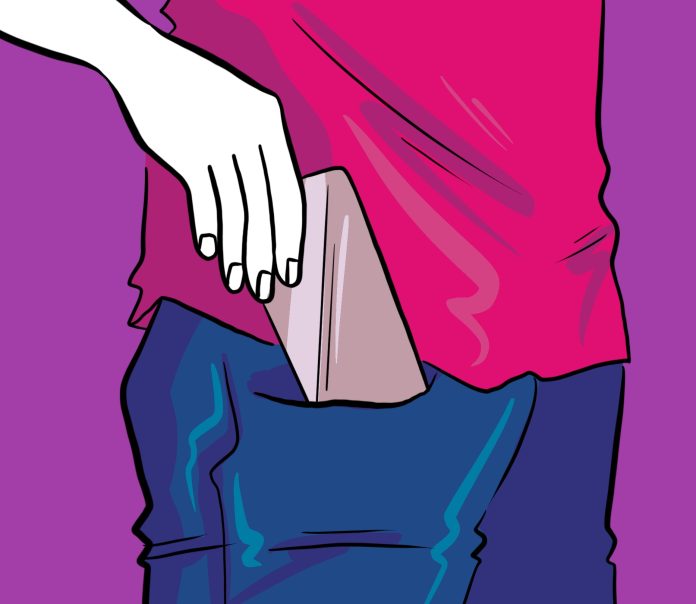Minjae Ryu
Contributing Writer
In the past couple of years, the human population was rendered vulnerable to the spread of COVID-19 across the globe. New cases of the virus rising every day gave a need for more rapid, accurate, and accessible COVID-19 test kits. A research team of UC Santa Barbara (UCSB) scientists and Santa Barbara Cottage Hospital doctors have developed exactly this — a method of testing that couples smartphone technology with that of COVID-19 diagnoses. An interview with Professor Mahan — one of the project leads — and a study of the research team’s JAMMA Network paper, dive deeper into this topic.
The project was headed by professors David Low, Charles Samuel, and Michael Mahan of UCSB, who were in charge of the study’s design and implementation. Others in the project included Lynn Fitzgobbins M.D. and Jeffrey Fried M.D. from the Santa Barbara Cottage Hospital, who were in charge of collecting patient samples.
The technology couples a smartphone with loop-mediated isothermal amplification (LAMP)-based assay, which is a method of detecting viruses without specific training required to handle the expensive equipment. The project tested saliva samples containing SARS-CoV-2, or influenza A or B virus. Data was taken from two subgroups of patients from the Santa Barbara Cottage Hospital, with one consisting of 20 patients that were symptomatic and another consisting of 30 that were asymptomatic.
Some limitations of the project included working around the high sensitivity of LAMP, called the “primer-dimer” problem, that led to false-positive results. According to Professor Mahan, the team “needed ‘old-school’ biochemistry to solve it. [We] had to deconstruct and rebuild the conditions that eliminated false positives.” These conditions included pH and salt levels, enzymes, and the saliva itself.
Another limitation was how the data for the project was assayed locally instead of on a broader scale. “The challenge will be to make the device and reagents available in resource-limited settings,” professor Mahan says. Overcoming this challenge would mean successfully obtaining the outcome of the experiments from middle to low-income countries and determining whether the test would be suitable for those populations.
Despite these limitations, the project was a success in that it developed a low-cost and efficient method of detecting COVID-19. The system is cheap to set up, and professor Mahan describes it as “a platform for home-based testing,” meaning anyone with the correct equipment and methodologies would be able to have a testing kit of their own. He also claims the detection system is not only versatile in this aspect but also in detecting pathogens other than COVID-19. Finally, the technology is a good middle-ground for PCR-based technology, which is too sophisticated for untrained personnel to use, or antigen tests, which lack the sensitivity to accurately detect the pathogens.
The new testing method is free to use for anyone with a smartphone — the app is currently available for download on android devices. The project’s success gives hope for a more cost-effective future with reliable testing that is far more accessible than previous testing methods. All you really need is a smartphone and a bit of DIY.











